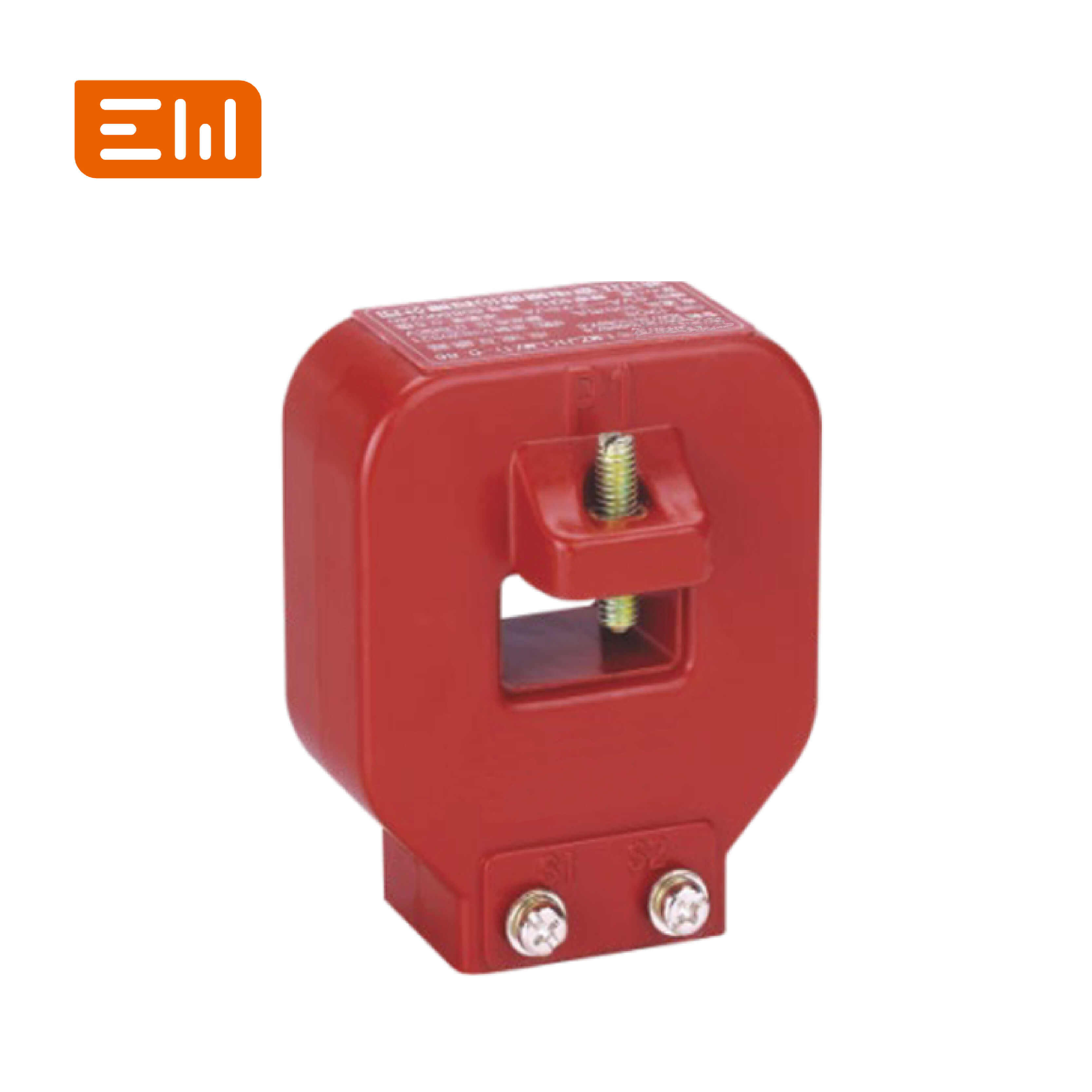Current Transformer Types Explained for Precision Protection in 2025
Protection engineers scrutinise current transformer types to ensure relays receive accurate, distortion-free signals. The keyword signals informational intent: readers need technical distinctions so they can design protection schemes, upgrade substations, and evaluate manufacturers.
Understanding CT families—wound, bar, split-core, optical—and their accuracy classes prevents maloperation, reduces arc-flash hazards, and keeps digital relays within tolerances.
Quick Definition: Current transformer types describe construction and accuracy classes used to step high currents down to measurable levels for metering or protection, governed by IEC 61869 and IEEE C57.13 standards.
Key Project Takeaways
- Engineers differentiate CTs by construction (wound, window, bar, split-core) and application (metering vs protection).
- Standards like IEC 61869-2 and IEEE C57.13 define accuracy, burden, thermal limits, and transient response.
- Enwei Electric offers LV and MV CTs—including LZZBJW and LMZJ series—at https://www.enweielectric.com/products/current-transformers.
- Use the selection table to align CT type with relay requirements, installation constraints, and data-driven monitoring.
Intent Insights: Why CT Types Matter in 2025
Utilities and industrial plants migrate to digital substations, adding IEC 61850 communication and advanced analytics. Accurate CT selection ensures relays trip correctly during faults and meters bill customers precisely. Project managers also evaluate retrofit-friendly split-core CTs for brownfield sites that cannot afford outages.
Searching “current transformer types” often precedes specification writing, tender evaluations, or training modules for protection engineers. Therefore, content must include readily digestible tables and concise summaries.
Fundamental Current Transformer Types
Wound CTs: Primary conductor is wound on the core; ideal for low primary current applications (5–600 A). Offers flexible ratios but requires conductor interruption during installation.
Bar-Type CTs: Solid busbar serves as primary. Common in switchgear and bus ducts, supporting high currents (1 kA–40 kA) with excellent mechanical strength.
Window or Ring CTs: Hollow core for passing primary conductor. Favoured in modular switchgear and cable applications. Easy to install but less flexible on ratio adjustments.
Split-Core CTs: Core opens for retrofit installations. Useful for temporary measurements or when taking equipment offline is impossible. Requires careful alignment to maintain accuracy.
Rogowski/Optical CTs: Non-saturating sensors for high-frequency and transient measurements, supporting digital relays requiring wide bandwidth.
Accuracy Classes and Standards Alignment
IEC 61869-2 and IEEE C57.13 define CT classes, burdens, and thermal capacities. Key concepts include:
- Metering Classes: IEC classes 0.1, 0.2S, 0.5S focus on revenue accuracy. IEEE specifies the 0.3, 0.15 series. Maintain low phase angle error to avoid billing disputes.
- Protection Classes: IEC classes 5P, 10P, PX, PR, TPX/TPS/TPC emphasise accurate saturation performance during faults. IEEE uses C200, C400, etc., representing accuracy and burden.
- Knee-Point Voltage: Determines when CT saturates. Critical for high-impedance differential protection.
- Thermal Rating Factor (TRF): Indicates continuous overload capability—often 1.2 to 2.0 per IEC 61869.
- Transient Performance Factor: Ensures CTs respond correctly during asymmetrical faults to avoid relay misoperation.
When using numerical relays, confirm compatibility with IEEE C37.110 application guides for CTs in protective relaying.
Current Transformer Type Selection Table
| CT Type | Primary Current Range | Typical Application | Accuracy Focus | Relevant Standards |
|---|---|---|---|---|
| Wound CT | 50–600 A | Metering in LV panels, generator monitoring | 0.2S or 0.5S metering | IEC 61869-2, IEEE C57.13 §4 |
| Bar CT | 1–40 kA | Switchgear busbar protection | C200/C400 protection | IEC 61869-2, IEEE C57.13 §8 |
| Window CT | 150 A – 10 kA | Cable feeders, MCC sections | Mixed metering and protection | IEC 61869-2, IEC 61557-12 |
| Split-Core CT | 100 A – 5 kA | Retrofit sites needing online installation | Class 1 metering, 5P protection | IEC 61869-2 Annex B |
| Rogowski Coil | 10 A – 100 kA (transient) | Digital protection, power quality monitoring | Wide bandwidth, no saturation | IEC 61869-10, IEEE C37.118 |
Embed this table into design guides so project teams can map CT types to relay inputs and highlight missing data during reviews.
Integration Guidance with Enwei Electric CT Solutions
Enwei Electric manufactures medium-voltage CTs such as LZZBJW-40.5 and LZZBJW-12, plus low-voltage LMZJ series units. Explore specifications at https://www.enweielectric.com/products/current-transformers. Pair CTs with switchgear assemblies from https://www.enweielectric.com/products/switchgear to ensure mechanical fit, insulation class continuity, and communication wiring consistency.
For packaged substations, coordinate CT ratios with transformer secondary ratings found at https://www.enweielectric.com/products/transformers. Enwei Electric supplies CT test reports, excitation curves, and knee-point data to ease relay settings.
Digital monitoring packages include IEC 61850-ready merging units and synchrophasor outputs to support advanced analytics, grid synchronisation, and predictive maintenance.
Engineering FAQ on Current Transformer Types
Which CT type suits differential protection?
Bar or wound CTs with high knee-point voltage and low leakage reactance (IEC 61869 PX class) are ideal. Ensure excitation data matches relay requirements.
How do you select CT burden?
Sum the impedance of leads and relay inputs, then choose CTs with rated burden exceeding that value to maintain accuracy. IEEE C57.13 Annex C provides calculation methods.
Can split-core CTs support revenue metering?
Yes, if designed for low phase error and tested per IEC 61869-2 Class 0.5 or better. Verify calibration certificates and mechanical alignment.
Call to Action: Deploy High-Accuracy CTs with Enwei Electric
Accurate current transformer selection underpins relay performance and revenue assurance. Enwei Electric engineers configure CT designs, accessories, and digital interfaces for every project class. Contact Enwei Electric today to match CT types with your protection scheme and accelerate digital substation upgrades.
Project Applications
See real-world deployment examples and gallery highlights across Enwei Electric product hubs:
- Transformer solutions for distribution and industrial projects.
- Switchgear portfolios covering medium- and low-voltage control rooms.
- Current transformer ranges supporting precision metering and protection.
- Prefabricated substations that integrate transformers, switchgear, and panels.
Table of Contents
- Current Transformer Types Explained for Precision Protection in 2025
- Key Project Takeaways
- Intent Insights: Why CT Types Matter in 2025
- Fundamental Current Transformer Types
- Accuracy Classes and Standards Alignment
- Current Transformer Type Selection Table
- Integration Guidance with Enwei Electric CT Solutions
- Engineering FAQ on Current Transformer Types
- Call to Action: Deploy High-Accuracy CTs with Enwei Electric
- Project Applications


